A Visual Perspective: 1689 Garamond and Historical Typography
Written by Nick FitzPatrick, HIP Company’s studio photographer and graphic designer.
12 October, 2020.
It's always an exciting prospect to work with friends on new creative ventures, and I was thrilled to be invited to help HIP Company create an identity that spoke to both contemporary audiences, and the project's historical roots. The group's dedication to historical awareness, and their particular interest in Baroque repertoire - comprising music composed generally between the seventeenth and mid-eighteenth centuries - led me to investigate the typography of the era.
My investigations quickly began to focus upon one of the world's best-known and most widely-used serif typefaces, Garamond - perhaps most familiar to us today as the font used to set the text of the Harry Potter novels, the picture books of Dr Seuss, and the original Google logo. Garamond's popularity has (somewhat cynically) been attributed by some to mere market forces, pointing to the typeface's superior ink efficiency when compared to similar fonts. Others, though, maintain that the font has fairly won its pedestal in the pantheon of graphic design with its elegance, legibility, and rich history.
Indeed, the typeface traces its history back to the renaissance. The typeface's namesake, one Claude Garamont, a preeminent designer and publisher of sixteenth-century Paris, found himself placed most conveniently in an era of great innovation and flourishing within his industry. Garamont's typecutting was primarily in the Roman style (whose more famous members include Times New Roman and Baskerville), and through a heady and centuries-long cacophony of historical accidents, serendipities, and alleged misattributions, his name (rightly or wrongly) came to be associated with one of the style's conquering typefaces and all its many variants. The details of the Garamont/Garamond saga are deep, fascinating, and complex, but sadly beyond the purview of this blog post.
Regardless of the precise identity of its creator, Garamond's popularity grew in the early Baroque period and was frequently found gracing the elaborate frontispieces of all varieties of manuscripts published throughout the seventeenth century. In particular, one variant of Garamond found its way to the pages of a particular edition of a Parisian journal, Remarques critiques sur les œuvres d’Horace, published in 1689 - over 100 years after Claude Garamont's death. This same publication, some 300-and-something years further down the line, found itself beneath the discerning eye of one Gilles Le Corre, a French polymath who counts amongst his many occupations the reproduction of historical fonts replete with all their erosions and imperfections. It was Le Corre who produced and distributed the font, 1689 GLC Garamond Pro, which now graces HIP Company's visual identity.
Le Corre's faithfully imprecise rendering of Garamond lends an air of history to HIP Company's wordmark, and its implementation, with wide kerning and decorative punctuation, recall its applications in the Baroque era. Though the font's history will, of course, remain unknown to most of those who encounter it, I hope that a little historical detail can help to enrich audience experience and complement the musicians' commitment to offering a holistic and well-contextualised performance.
About Nick:
Nick FitzPatrick is a multidisciplinary artist/designer from Perth, Western Australia. His photographic work has been exhibited at venues including Somerset House, London, the Museum of Contemporary Art, Taipei, and Sydney Opera House. Commercially, his clients and collaborators have included Vogue magazine and Sony. In 2017 he founded Eel Meal, an art programme focussed on non-conventional community engagement with the arts, with projects in the UK and Australia. See more of his work at: www.nickfitzpatrick.net

